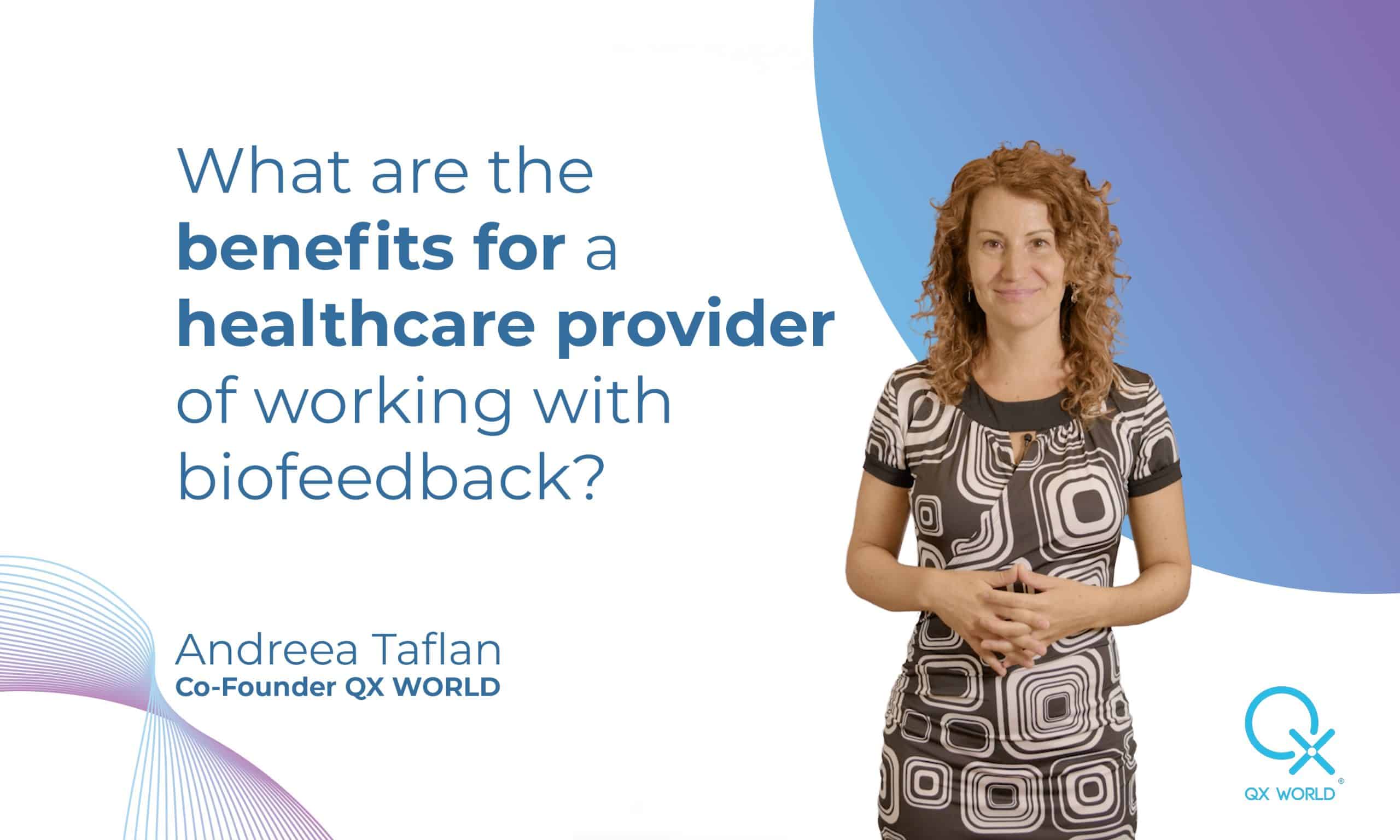
Biofeedback has many advantages for people who are struggling with their health. Yet healthcare providers, too, have plenty of reasons to include biofeedback in their offer. In this article, we zoom in on how to become a biofeedback therapist, and why.
Any therapist determined to help improve their clients’ health knows that doing so effectively takes patience, attention, and care. An important attribute of biofeedback, then, is that it allows for a very personal approach. After all, a biofeedback session is always tailored to the individual client. A lot depends on trust and communication, which means that, after continued sessions, seeing the client’s improvements is just as rewarding for the therapist as it is for the client. In that sense, it is very much a shared journey.
Working with biofeedback as a healthcare provider can also broaden your approach to health issues, as biofeedback is non-invasive. The devices used consist of harnesses and/or electrodes which are painlessly placed on the skin. Moreover, no drugs are involved (except for medication which the client may be taking outside of therapy).
Because the risk of unwanted side effects is low, biofeedback sessions are especially recommendable for people who seek relief from a physical or mental condition yet want to avoid taking drugs or who are non-responsive to drug treatments.
Additionally, biofeedback enables therapists to get a more detailed understanding of a client’s health, both physically and mentally, and of possible causes of a certain condition. A biofeedback device always looks at the body as a system rather than taking a siloed approach.
Biofeedback can also serve as a supplement to traditional healthcare, boosting its benefits. Specifically, it has proven very helpful in preventing and dealing with conditions including, but not limited to, anxiety, depression, chronic pain, and insomnia.
If you’re interested in getting started with biofeedback, you are required to become certified by an accredited organization upon completing a professional training. Signing up for the QX World Health Academy is a great first step!
As a student, you will be joining more than 3,750 complementary healthcare practitioners, as well as mastering all the features of the multifunctional QX biofeedback devices. Additionally, students of the QX World Health Academy develop a deeper understanding of how the brain, metabolism, endocrine system, and immune system interact.
Should you have any questions for us on how to become a biofeedback therapist, please don’t hesitate to contact us. The QX World team is happy to help.
+1 (989) 681-1063
+1 (856) 322-8589